Thanks to augmented reality, a musket fires, a picture talks and a hidden compartment is revealed at Mercury One’s pop-up museum, “12 Score & 3 Years Ago: The Unfinished Promise of Unity.”
The exhibition, on view July 4-7 at Mercury Studios in Irving, uses technology to tell the story of slavery and abolition, past and present.
“When you have people come through any kind of museum, you want different elements and different ways for artifacts to speak to our guests,” Michael Little, Mercury One’s Chief Operating Officer, said. “For some, they want to be part of it and have that interactive element.”
The exhibition is designed to demonstrate a cruel pattern of history, revealing slavery’s insidious reach as well as celebrating those who endured it and worked to eliminate it. Two maps greet visitors, illustrating the prominence of slavery in history and today.
“We’re really trying to get people to look at what happened back then and what’s happening today, to take a look at those who stood up in the past and who is standing up today,” Little said.

Visitors enter the exhibition by walking through a replica of a slave ship. It’s a dramatic entrance with the sounds and smells of the ship recreating the harrowing journey. Beyond the ship replica are more than 100 artifacts, photographs and historical documents. The African American Museum of Dallas,The Abraham Lincoln Presidential Library and Museum, Frontiers of Flight Museum and the Dallas Historical Society partnered with Mercury One to flesh out the complicated story of slavery.
The Scene
The exhibition includes a note from Abraham Lincoln to Congress, the 1936 Olympic Torch, a 1949 edition of “The Negro Motorist’s Green Book” and a copy of “Martin Luther King and the Montgomery Story” comic book.
Working with Dallas-based Brazen Animation, Mercury One selected five artifacts to transform with augmented reality: a Barbary Powers musket, a 1836 slave ship, a covered wagon used in the Underground Railroad, crab-style runaway shackles and a photograph of Abraham Lincoln’s second inauguration.

Brazen Animation
“We wanted to find artifacts that were more three-dimensional so when the artifacts come to life, there was more of the story to tell,” Little said. “So, we’ve found five artifacts that really help tell the story of the trauma from the time of President Lincoln and before.”
The team at Brazen Animation studied the selected artifacts closely, researching the history of the items, recreating specific features in high resolution and going through a modeling process of the artifacts before beginning work with animators. In the animation process, the team worked on creating realistic sounds and movement specific to the artifacts.
“We want to create it in a very realistic form. We used a game engine called Unreal and we really pushed realism with our recreation of the artifacts,” Bryan Engram, CEO and CCO of Brazen Animation, said.
Visitors download a free 12 Score app on their smartphone to activate the animation. By pointing at the musket, visitors can examine the detailed work on the musket before loading and firing it. The augmented reality shows how shackles fit on a pair of ghostly legs. With one tap, the legs begin to run, and visitors can hear the clanging sound that would betray a slave’s attempt to escape. In the app, the diagram of the slave ship becomes three dimensional, giving greater perspective of the scale of the slave trade.

Brazen Animation
The photo of Lincoln’s second inauguration is small, but with augmented reality, it makes a big impact. “We got the photo, blew it up digitally and then we painted in more detail on Lincoln himself. When you zoom in, it is higher resolution, which means we looked at a lot of Lincoln references,” Engram said.
“We broke it up into layers so that you can actually go into the photo.” Thanks to Brazen’s audio technician’s ability to mimic Daniel Day-Lewis’ voice in ‘Lincoln,’ visitors can hear Lincoln give his inaugural address. The animation also reveals a surprise guest at the inauguration.

Brazen Animation
The covered wagon abolitionists used to transport escaping slaves is skeletal. There is no hay, door, gate or false floor.
“So, we created those and mapped them to the actual object so that when you’re in the experience, as you are walking around the wagon itself, it now has a gate you can lower. It has a person inside being hidden, it has hay on top. So, we mixed the real object with a virtual CG object and combined them, and they work together as you walk around the wagon,” Engram said.
The exhibition concludes with a call-to-action for visitors to become modern-day abolitionists determined to end human trafficking around the world.
“They really are able to, in a very tangible way, internalize what this time period meant both to the history of this country and also how devastating it was to the human beings and how we can get involved now in current tragedies around the world,” Engram said. “It makes something that sometimes seems very far-off come close to home.”
MORE: MercuryOne.org






